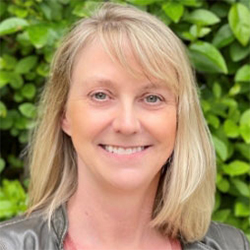
If a tooth can’t be saved, Dr. Wright conducts an evaluation to determine if an extraction can be done in our office, which she does in 80% of cases, or should be done by a specialist. To reduce and eliminate any anxiety over an extraction, we can prescribe anti-anxiety medications. If Dr. Wright decides to refer you to a specialist, she’ll suggest several practitioners to choose from. We’ll also send any imaging to this specialist to avoid duplication.
What to expect with an extraction
The area of the tooth that needs to be removed is numbed before the extraction. After your appointment, you’ll bite gauze for 30 minutes. Over time, a blood clot and then bone fills in the extraction site. If the blood clot dissolves and exposes the bone, a dry socket occurs, which usually begins three to five days after the extraction and causes throbbing pain. The first three days after the procedure, the site may be uncomfortable, but it should improve each day after that. If it doesn’t, contact us to determine if a dry socket or an infection is causing the discomfort. If this occurs, Dr. Wright will want to see you as soon as possible. If you have any questions regarding your healing progress, don’t hesitate to call.
You may receive stitches depending on the difficulty of the extraction. Many stitches dissolve on their own. If they don’t, we’ll want to remove them in about five to seven days.


